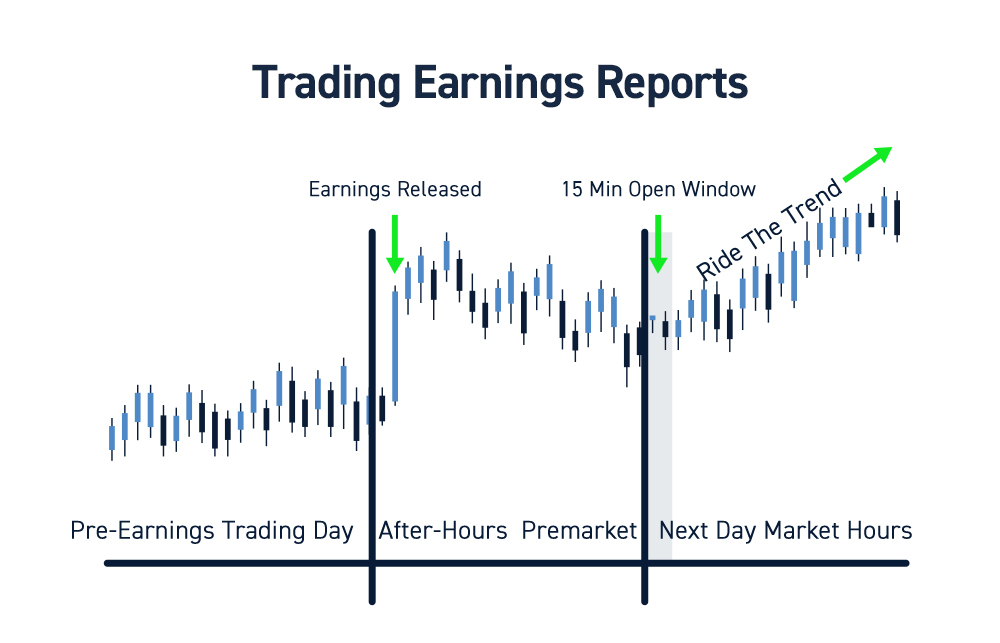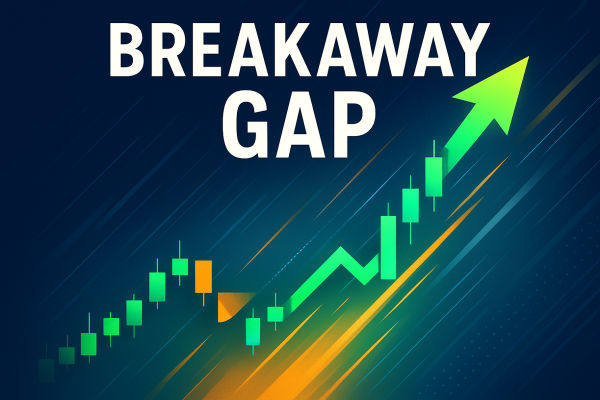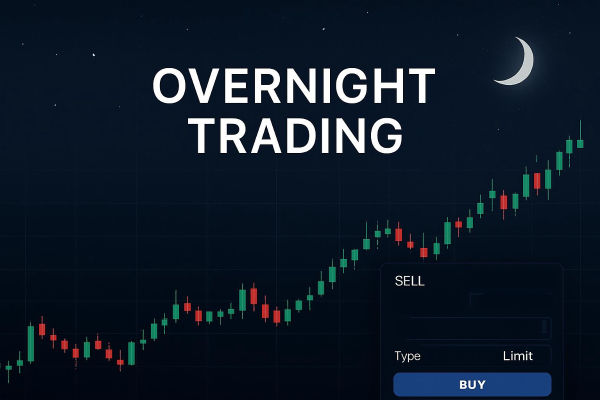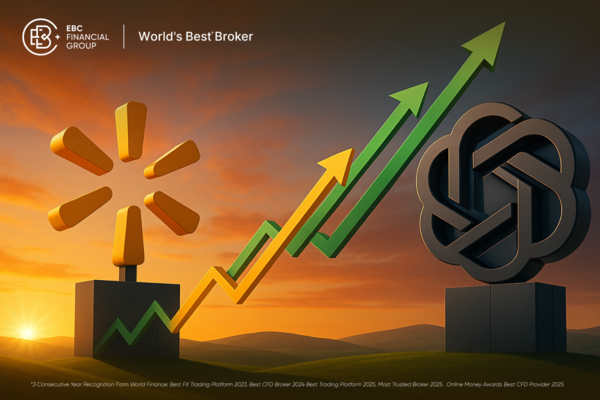In modern investing, stock markets no longer operate strictly from 9:30 a.m. to 4:00 p.m. Eastern Time. Thanks to advancements in technology and increased demand from traders, premarket trading has become a vital extension of the daily trading cycle.
But what is premarket trading exactly? And why are more investors, retail and institutional alike, keeping an eye on what happens before the opening bell?
In this article, we'll demystify premarket trading: how it works, who participates, what the benefits and risks are, and how you can build strategies that leverage these early moves.
What Is Premarket Trading?

Premarket trading refers to the buying and selling of stocks during a specific window before the official market opens. In the U.S., this typically runs from 4:00 a.m. to 9:30 a.m. Eastern Time on trading days.
Unlike regular trading hours, premarket trading operates with lower volume and liquidity, and is primarily facilitated through Electronic Communication Networks (ECNs).
So why does this early window matter? It's often where the first reaction to overnight news, earnings reports, and global developments unfold.
For example, if a company announces impressive earnings after the market closes, or if geopolitical tensions escalate overseas, you can expect early movement the next morning, often before the regular session even begins.
How Does It Work?
Premarket orders are typically placed through online brokerage platforms that offer ECN access. You won't see traders screaming on the floor of the NYSE at 4:30 a.m.—this is purely digital.
Orders placed during this period are processed through Electronic Communication Networks (ECNs), which match buyers and sellers anonymously.
However, unlike during regular trading hours, not all brokers offer the same level of access or functionality. Some may restrict certain types of orders, like market orders, due to the risk of price gaps.
Key Characteristics:
Limited liquidity: Fewer participants mean wider spreads.
Higher volatility: News-driven trades frequently result in rapid and significant price fluctuations.
Shortened hours: Not every platform opens at 4 a.m.; some start later, like 7 or 8 a.m.
No market makers: You won't see the same volume of quotes or depth as you do during the day.
Why Is Premarket Trading Important?
Premarket trading isn't just a curiosity; it can be a critical tool for both short-term traders and long-term investors. Here's why:
Price Discovery: Overnight news events—like earnings results, economic data, or global market reactions—often get priced into stocks before the opening bell.
Early Entry: Traders can act on fresh information before the broader market reacts.
Hedging: Institutional players and hedge funds use premarket trading to hedge positions or adjust portfolios based on new developments.
Sentiment Gauge: Premarket activity offers insight into the day's trading bias—bullish, bearish, or neutral.
Still, this early access doesn't come without its share of complexities.
Premarket Trading Benefits

1. Act on News Early
Companies often release earnings reports or updates after market hours. Premarket trading allows investors to react instantly to those catalysts.
For example, if Apple reports better-than-expected earnings at 4 p.m. the day before, savvy traders may begin buying shares at 7 a.m. the next day, well before the general market gets involved.
2. Get Ahead of the Crowd
By positioning early, traders can capitalise on momentum before the rest of the market moves in. It can be especially valuable for day traders or scalpers who rely on quick, high-probability trades.
3. Improved Flexibility
Life doesn't always conform to market hours. If you're busy during the day, premarket trading allows you to manage your investments before your workday begins.
4. Early Indicators of Market Sentiment
Watching how key indices such as the S&P 500, Nasdaq, or Dow Jones futures trade before the open can offer clues about potential market direction.
Premarket Trading Risks
1. Thin Liquidity
Fewer buyers and sellers in the early hours imply wider spreads and less volume. It makes it harder to enter or exit trades at desired prices and increases the risk of slippage.
2. Increased Volatility
Premarket moves can be exaggerated due to low volume and news-driven trading. Prices may swing wildly—only to reverse when regular hours begin.
3. Order Limitations
Most brokers restrict order types during premarket hours. For example, you may not be able to place a market order or set a stop loss.
4. Higher Costs
Due to limited competition among market makers and ECNs, you may experience higher spreads and fees, which can lower potential profits.
5. False Signals
Premarket moves don't always hold. Just because a stock gaps up at 8:30 a.m. doesn't mean it will continue to rise after the market opens.
Premarket Trading Strategies

1. Earnings Reaction Trades
Trade stocks that reported earnings before the market opened. Look for strong beats or misses with high premarket volume. Use support/resistance levels from previous sessions to plan your entry/exit.
2. Gap and Go Strategy
This traditional day trading strategy targets stocks that experience a "gap up" in premarket trading due to news or earnings announcements. If volume confirms the move and the trend holds at the open, traders aim to ride the momentum for a quick profit.
3. News-Based Scalping
For experienced scalpers, premarket trading offers opportunities to profit from sharp, short-lived moves after a breaking news headline. It requires quick reflexes and tight risk management.
4. Reversal Setups
Some stocks gap too far in the premarket on hype or panic. By identifying overextended moves, traders can position for a mean reversion trade once the regular market opens.
5. Watch Index Futures
Monitor the futures for S&P 500, Nasdaq, and Dow before the open. If they move sharply, expect correlated stock moves. It's a good way to gauge broader sentiment and confirm setups.
Key Tips for Beginners
Success in premarket trading relies on preparation and discipline, not luck. Here are some tested tips:
Use limit orders only: Avoid market orders due to unpredictable price jumps.
Watch volume closely: A stock with no premarket volume is unlikely to move meaningfully.
Have a premarket watchlist: Don't chase random names. Focus on stocks with news, volume, and potential.
Control your position size: Lower liquidity means higher risk. Keep positions smaller than your regular trades.
Follow economic calendars: Major reports (like CPI, jobless claims) are released at 8:30 a.m. ET, which can shift markets instantly.
Conclusion
In conclusion, premarket trading presents both opportunities and challenges. It provides traders with an early advantage, enables timely responses to market-moving news, and offers distinct trading setups.
However, it also requires careful planning, caution, and the appropriate tools. If you're a new trader, it's wise to observe first, trade small, and gradually build confidence. For experienced traders, premarket trading can become a cornerstone of your daily edge.
Disclaimer: This material is for general information purposes only and is not intended as (and should not be considered to be) financial, investment or other advice on which reliance should be placed. No opinion given in the material constitutes a recommendation by EBC or the author that any particular investment, security, transaction or investment strategy is suitable for any specific person.
























